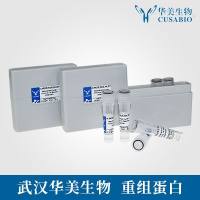Heterologous Expression of Receptors and Signaling Proteins in Adult Mammalian Sympathetic Neurons by Microinjection
互联网
互联网
相关产品推荐

大鼠 PPAR-α (Peroxisome Prolife大鼠ors Activator Receptors alpha) ELISAKit
¥960

yscM/yscM蛋白/yscM; Yop proteins translocation protein M蛋白/Recombinant Yersinia enterocolitica Yop proteins translocation protein M (yscM)重组蛋白
¥69

Recombinant-Sclerotinia-sclerotiorum-High-osmolarity-signaling-protein-sho1sho1High osmolarity signaling protein sho1 Alternative name(s): Osmosensor sho1
¥11592

Recombinant-Saccharomyces-cerevisiae-Syntaxin-8SYN8Syntaxin-8 Alternative name(s): SNARE protein related to mammalian syntaxin 8 ULP1-interacting protein 2
¥11046

GenMute™ siRNA Transfection Reagent for Primary Neurons
¥1980
相关问答

